We tend to think of the brain as a tidy command center, but it behaves more like a restless newsroom – predicting, editing, and sometimes rewriting reality on deadline. Scientists keep uncovering findings that flip our intuitions: energy budgets that make no sense, memories that change when we recall them, senses stitched together by guesswork. This mystery-versus-discovery tug-of-war is exactly why the brain is having a moment across labs, clinics, and even living rooms. As researchers refine tools that peer into living circuits, they’re revealing a story that’s both humbling and practical. And the best part is how often the science contradicts what feels obvious.
The Hidden Clues
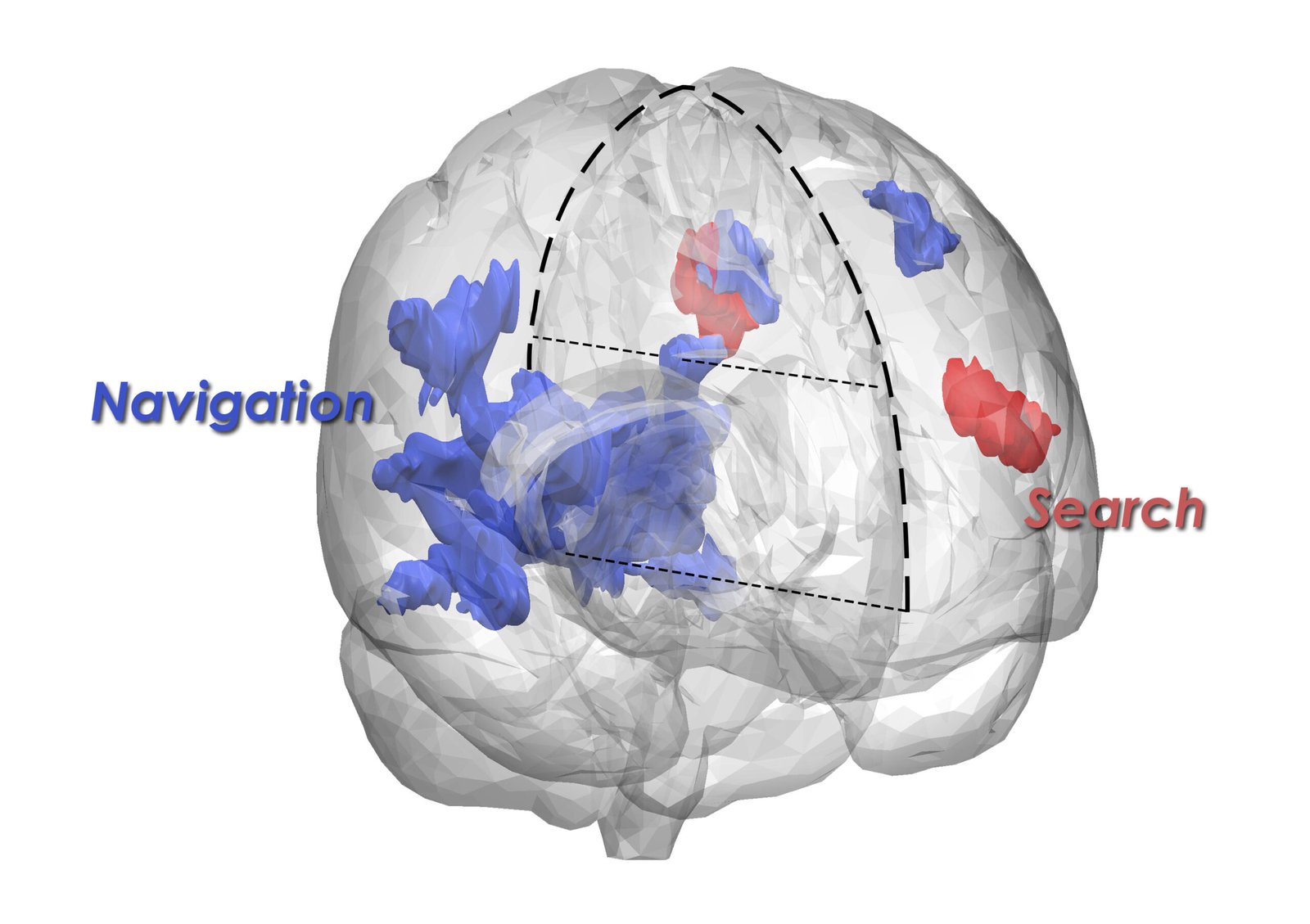
Start with a curveball: your brain doesn’t passively wait for the world – it predicts it, using internal models to fill gaps and correct errors before you notice. That predictive trick explains why visual illusions hit so hard; your cortex leans on expectations, then backfills missing detail, including that literal blind spot in each eye. Buried in the hippocampus and nearby cortex, specialized “place cells” and grid-like firing patterns form an inner map of space, a built‑in navigation system that helps you know where you are without a compass. Here’s another head‑scratcher: the brain’s tissue contains no pain receptors, which is why surgeons can work on it while a patient is awake and talking. Put together, these clues paint a portrait of a system that edits reality to keep you moving smoothly through a noisy world.
From Ancient Tools to Modern Science

The path to these revelations runs from crude skull measurements to exquisitely precise, noninvasive imaging. Today’s estimates place the human brain at roughly about eighty‑six billion neurons – roughly the population of more than ten Earths – knit together by even more synapses. Despite weighing only about one fiftieth of your body mass, this organ hogs roughly about one fifth of your energy, a metabolic appetite that rivals a city grid at night. Modern functional MRI, magnetoencephalography, and single‑cell analyses are exposing circuit motifs once hidden in noise, while careful electrophysiology still anchors the fine detail. Even with all that progress, some basics remain hotly debated, including whether new neurons arise in the adult human hippocampus at meaningful levels, with studies landing on both sides depending on methods and tissue.
The Memory Paradox
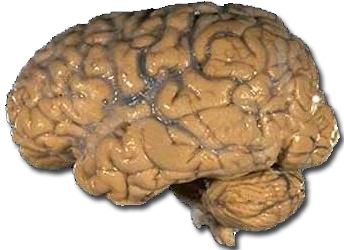
Memory feels like a recorder, but it behaves more like a newsroom whiteboard. When you remember, the trace becomes briefly malleable and can change before being stored again, a process called reconsolidation that explains why eyewitness reports can drift over time. Strangest of all, forgetting isn’t always failure; trimming and reorganizing memories can sharpen what matters and reduce noise. During adolescence, the brain prunes synapses at scale while strengthening key pathways, a remodeling project that continues into the mid‑twenties and shapes judgment, attention, and impulse control. The paradox is that fallibility – those edits and losses – seems to be part of how a flexible, creative memory system stays useful.
The Body–Brain Loop
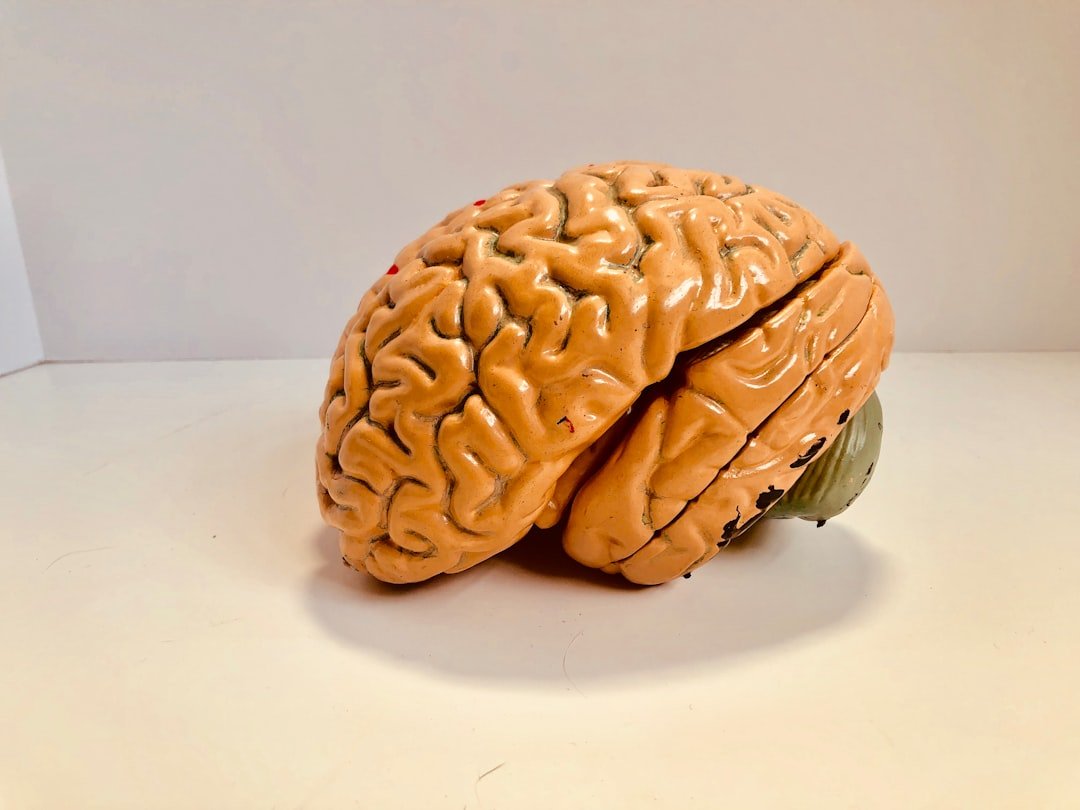
It’s easy to forget the brain is a biological organ first: mostly water, richly fatty, and exquisitely sensitive to chemistry. Sleep shows that reality in high relief; at night, fluid channels ramp up to wash out metabolic by‑products more efficiently than during wakefulness, one reason a run of bad sleep can leave thinking foggy. The gut‑brain axis adds another twist, with microbes shaping immune signals and chemical precursors that nudge mood and cognition through the vagus nerve and other routes. Put simply, your head is not a sealed command module but a negotiating partner with the body’s systems, from hormones to inflammation. That loop means lifestyle choices – sleep, diet, movement – aren’t side notes; they’re levers that modulate neural performance.
The Memory of Place and Self
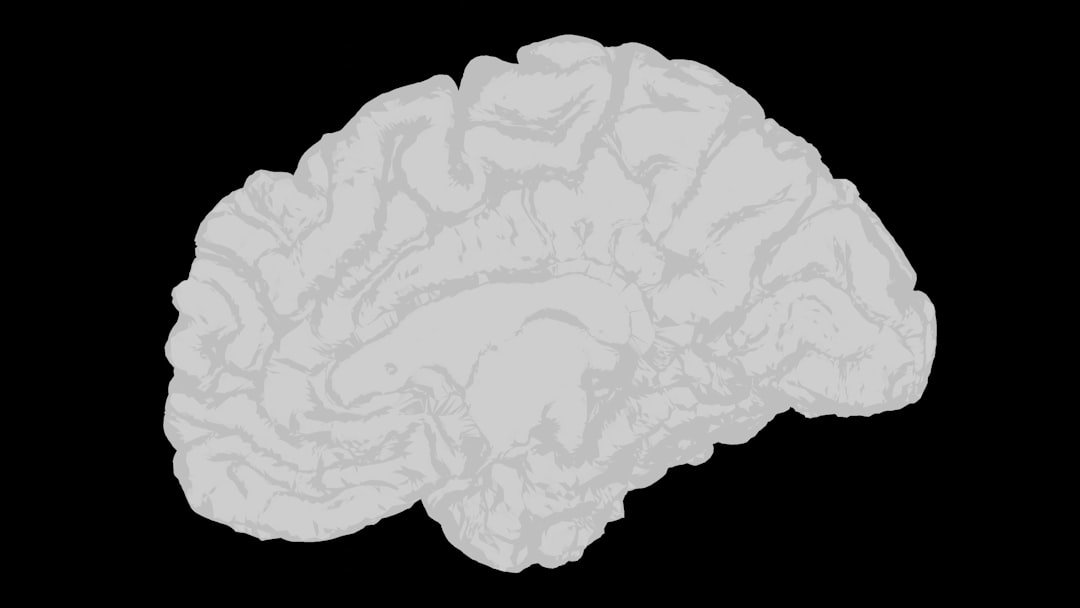
Those internal maps aren’t just about navigation; they stitch together where you are with who you are. Place‑coding networks link locations to context and emotion, building the scaffolding that lets you recall a birthday party by walking past a bakery or feel suddenly alert in a new city. The predictive brain uses these maps to anticipate what’s around the corner and to budget attention, saving precious energy for surprises. Because the brain’s tissue lacks pain receptors, neurosurgeons can stimulate specific regions while patients perform tasks, tying subjective experiences to spatially precise circuits. These converging lines of evidence show how space, memory, and identity interlock in the same neural neighborhoods.
Global Perspectives
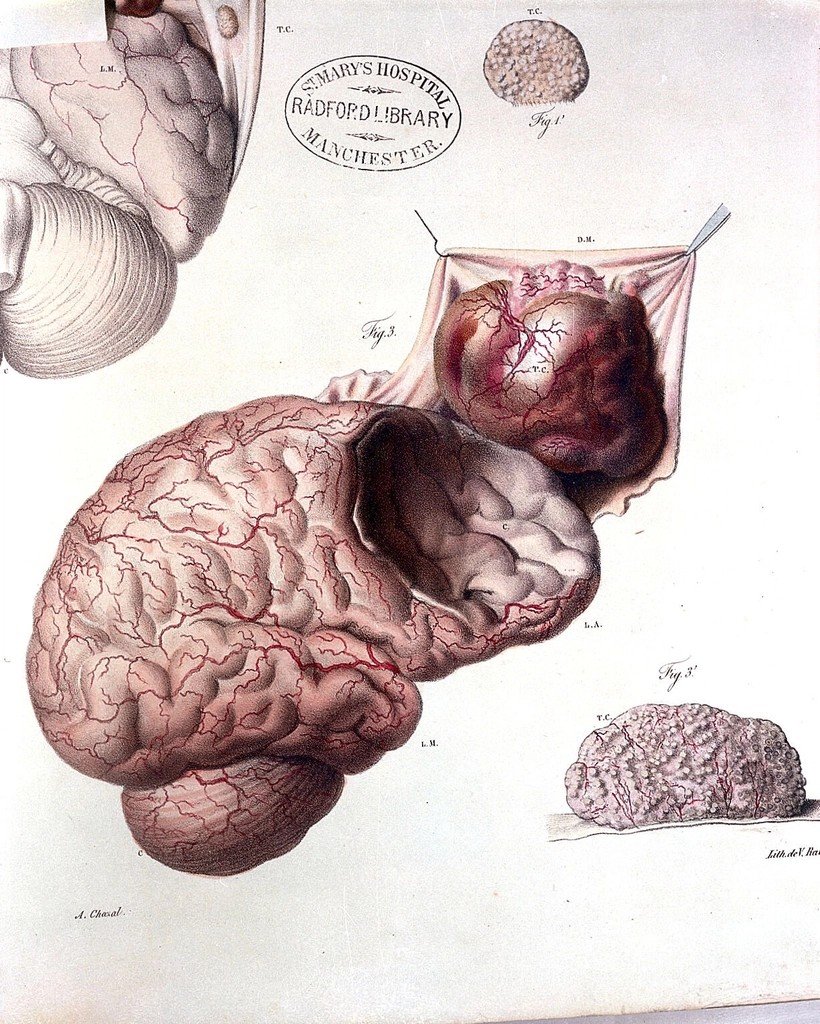
Across cultures and lifetimes, the brain tunes itself to the demands of daily life. Multilingual experience, for example, can reshape gray matter and strengthen white‑matter highways supporting attention and control, a form of cognitive reserve that may buffer age‑related decline. Communities that prize musical training, navigation, or oral storytelling offer natural experiments in how practice sculpts circuits over decades. Epidemiology adds scale to the story, showing how education, clean air, and access to hearing care track with brain health in later life. The global lesson is neither nature nor nurture wins outright; it’s their ongoing negotiation that writes the brain’s script.
Why It Matters
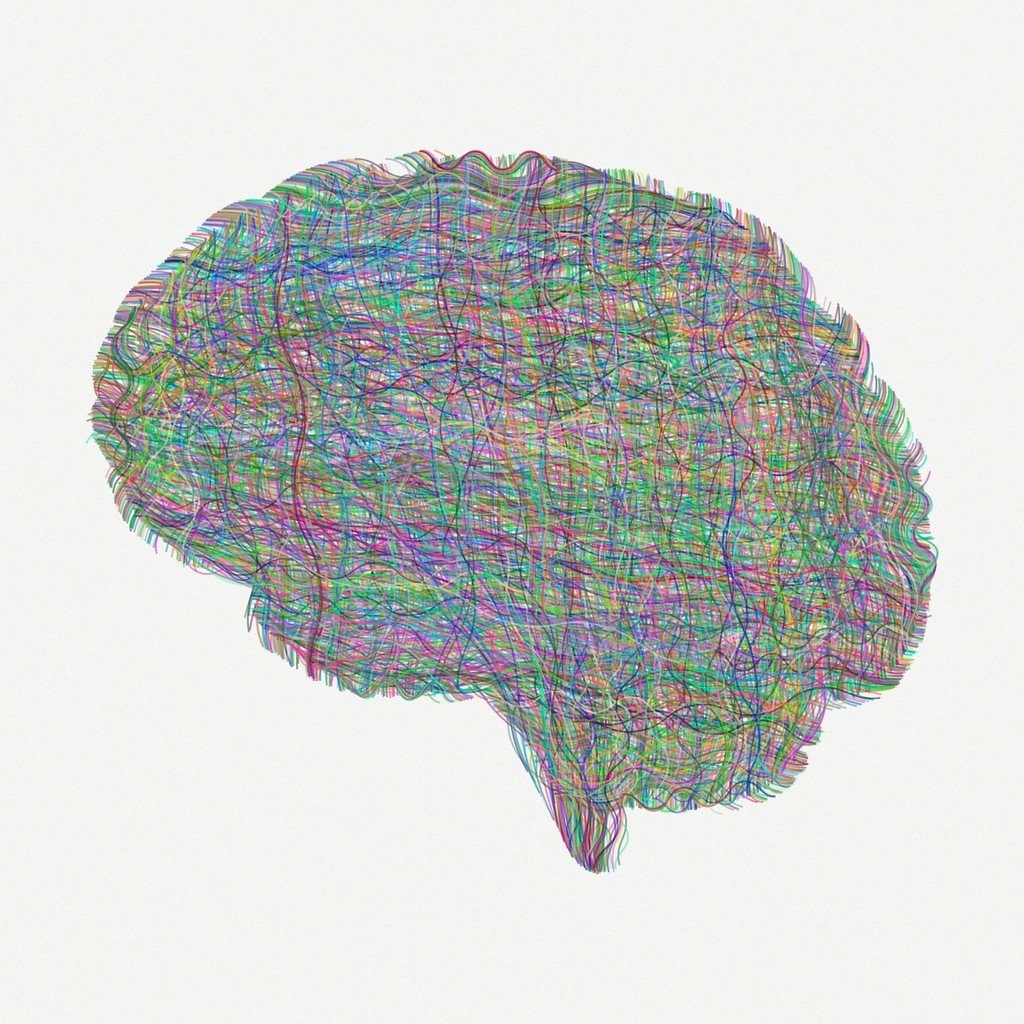
These counterintuitive facts aren’t trivia; they’re a blueprint for smarter health, policy, and technology. If memory is reconstructive, then justice systems must treat eyewitness accounts with care and invest in corroborating evidence. If sleep accelerates brain housekeeping, then schools and employers need schedules that respect circadian biology rather than fighting it. If energy use is sky‑high and prediction rules perception, then interface designers should reduce cognitive load and exploit expectations to make tools feel effortless. And if adolescent pruning rewires control networks, then public health should target that window with education, mental‑health support, and safe learning environments.
The Future Landscape
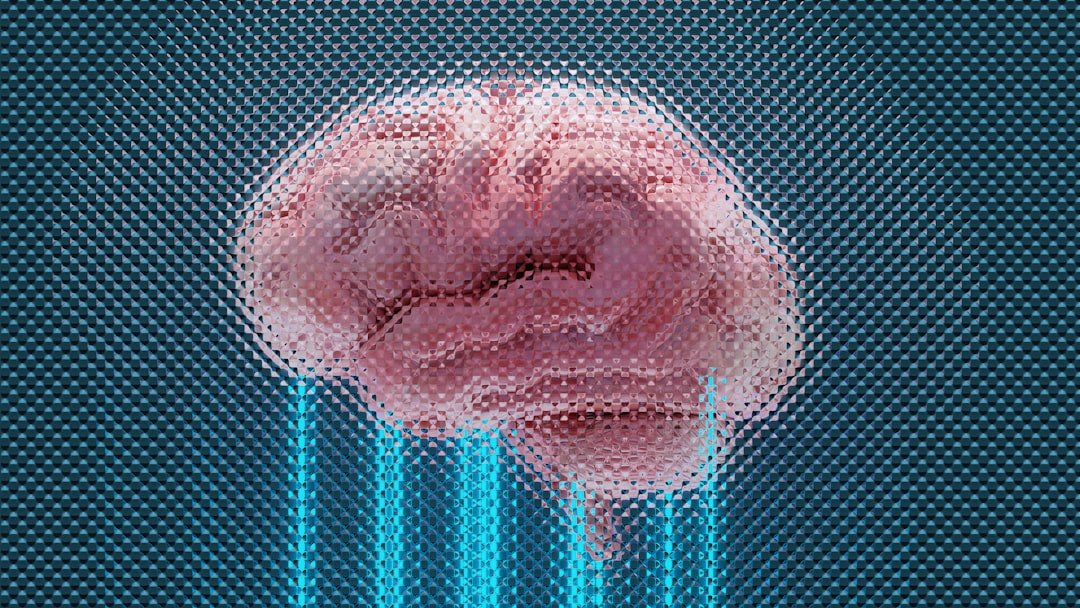
Tomorrow’s brain science is racing toward precision: closed‑loop neurostimulation that senses activity and responds in milliseconds, neural organoids that model disease in the dish, and brain–computer interfaces that translate intention into movement. Ethical guardrails will be essential, from protecting mental privacy to ensuring equitable access as therapies move from lab benches to clinics. We’ll also see trials that revisit old debates with new tools, clarifying where and when adult neurogenesis happens and how it might be harnessed. Plasticity remains the trump card; therapies that redirect circuits – whether through rehabilitation, virtual reality, or time‑tuned stimulation – could amplify the brain’s own ability to reroute after injury. The big bet is that understanding prediction, memory’s instability, and the body–brain loop will unlock treatments that feel less like blunt force and more like conversation.
How You Can Engage
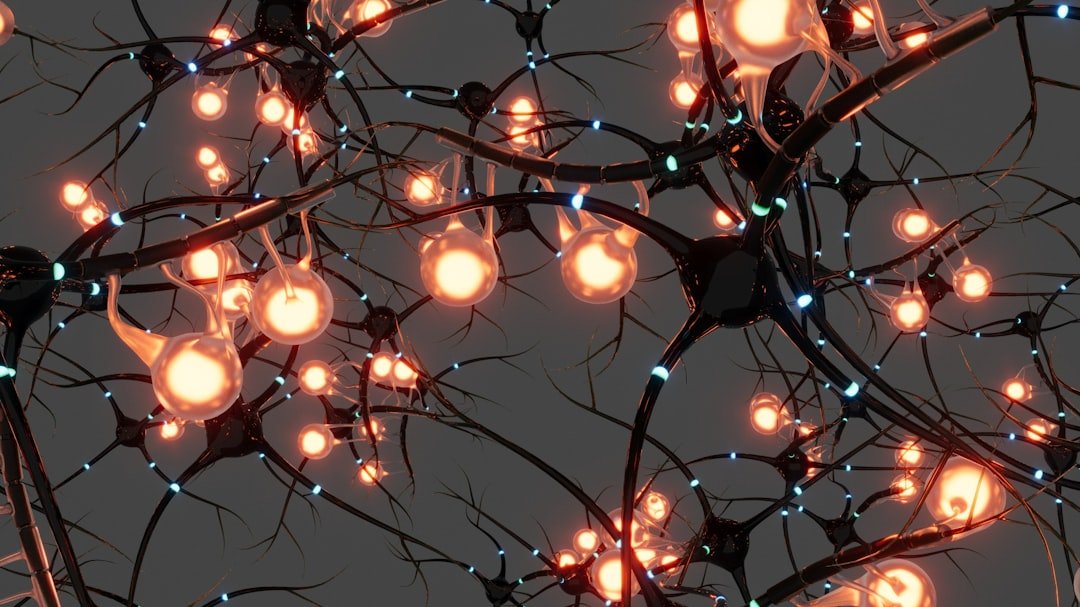
Small choices scale up when the target is a prediction‑hungry, energy‑thirsty organ. Prioritize consistent sleep, daily movement, and nutrient‑dense meals to support the body–brain loop, and protect your senses with hearing and eye care so incoming data stay clean. Stay mentally active by learning something that stretches you – language, instrument, or craft – because new demands encourage plasticity that routine cannot. Support brain research and ethical technology by following reputable labs and nonprofits, participating in registries when appropriate, and advocating for reproducible, open science. Finally, be kinder to your own memory; use notes and spaced reminders, and treat forgetting not as failure but as the brain’s way of making room for what’s next.

Suhail Ahmed is a passionate digital professional and nature enthusiast with over 8 years of experience in content strategy, SEO, web development, and digital operations. Alongside his freelance journey, Suhail actively contributes to nature and wildlife platforms like Discover Wildlife, where he channels his curiosity for the planet into engaging, educational storytelling.
With a strong background in managing digital ecosystems — from ecommerce stores and WordPress websites to social media and automation — Suhail merges technical precision with creative insight. His content reflects a rare balance: SEO-friendly yet deeply human, data-informed yet emotionally resonant.
Driven by a love for discovery and storytelling, Suhail believes in using digital platforms to amplify causes that matter — especially those protecting Earth’s biodiversity and inspiring sustainable living. Whether he’s managing online projects or crafting wildlife content, his goal remains the same: to inform, inspire, and leave a positive digital footprint.




